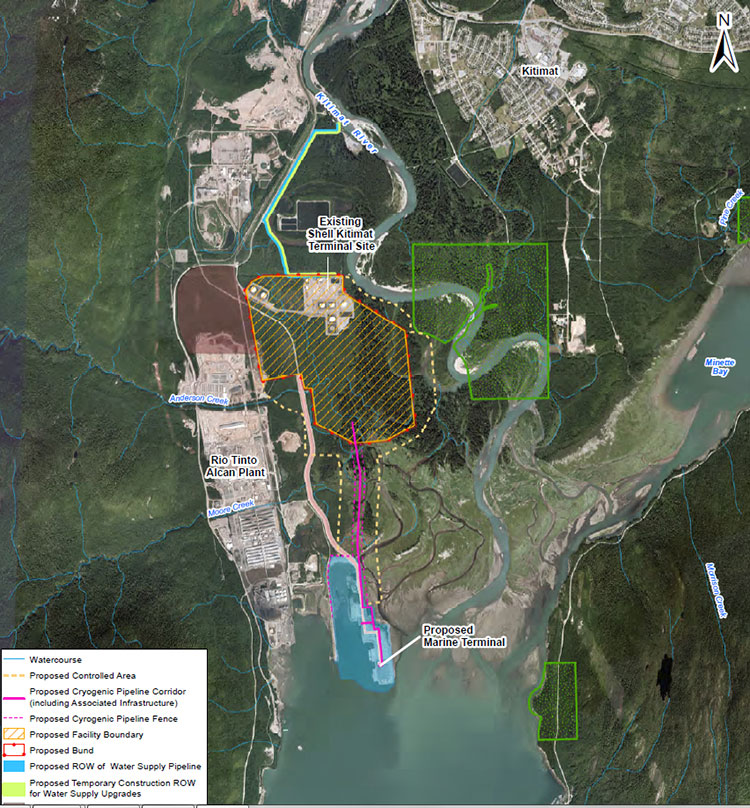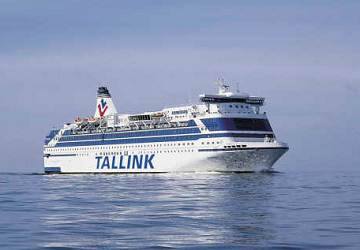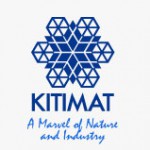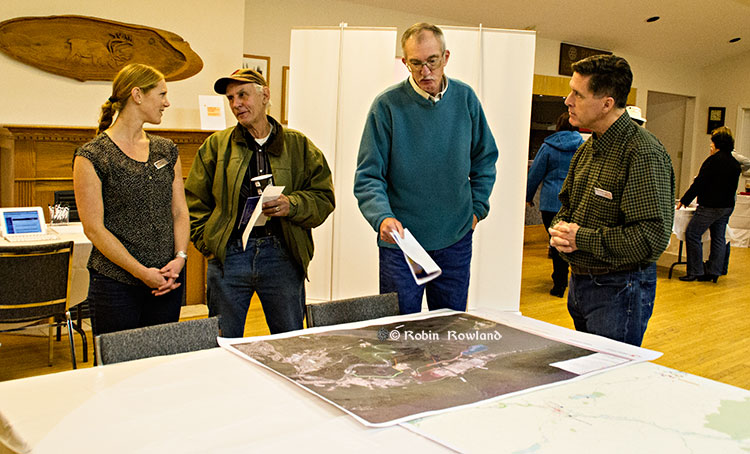 Rio Tinto says “it intends to undertake a strategic review” of its stake in the highly controversial Pebble Mine project near Bristol Bay, Alaska.
Rio Tinto says “it intends to undertake a strategic review” of its stake in the highly controversial Pebble Mine project near Bristol Bay, Alaska.
In a news release, Rio Tinto says it is considering its future holdings in a Vancouver-based mining company named Northern Dynasty, which now is the main proponent of the copper and gold mine project. Rio Tinto “through QIT-Fer et Titane Inc., an indirect wholly-owned subsidiary of Rio Tinto plc, owns 18,145,845 common shares of Northern Dynasty, representing approximately 19.1 per cent of Northern Dynasty’s issued and outstanding shares.”
Rio Tinto says the review is part of the financially troubled conglomerate’s review of its mining holdings: “Rio Tinto will consider the Pebble Project’s fit with the Group’s strategy of investing in and operating long life and expandable assets, and with the strategy for its Copper business, which is focused on its four producing assets (Kennecott Utah Copper, Oyu Tolgoi and its interests in Escondida and Grasberg), and two development projects, La Granja in Peru and Resolution in Arizona.”
The Pebble Mine project is as controversial in Alaska and the western United States as the Northern Gateway pipeline project is in British Columbia. Critics say the proposed huge open pit copper and gold mine could endanger the Alaska headwaters of the Kvichak and Nushagak rivers, considered two of the world’s great salmon spawning grounds. Both flow into the “salmon nursery” in Bristol Bay, where young salmon go to feed, possibly also imperiling salmon stocks from both Alaska and British Columbia
On November 4, 2013, the City of New York and the State of California, whose pension funds have large holdings of Rio Tinto stock, wrote to CEO Sam Walsh, asking the company to reassess the project.
New York City controller John Liu and California state controller John Chiang said their letter was prompted when Rio Tinto rival Anglo-American sold its share of the controversial project in September.
Their letter cited environmental concerns, including the fact that the project would leave 10 billion tonnes of mining waste near the salmon spawning grounds, increased regulatory scrutiny from the US Environmental Protection Agency and what the two controllers called “reputational risks” including opposition from Alaska First Nations and even jewelry companies like Tiffany & Co and Zales and Jostens. The letter cited a poll which showed 73 per cent of Americans, 84 per cent of Alaskans and 98 per cent of Bristol Bay residents opposed the project.
Rio Tinto replied on November 14, in a letter not from CEO Walsh but from John-Sebastian Jacques, chief executive of the copper division, saying Rio Tinto would “encourage a responsible approach among all shareholders” and the company would continue to “review and analyze” the risks involved.
On December 19, the two controllers then called upon Rio Tinto to divest itself of the Northern Dynasty shares, calling, according to the Associated Press, Rio Tinto’s response “perfunctory.”
Rio Tinto spokesman David Outhwaite told AP the strategic review is not connected to that letter or a letter the financial officers sent Walsh.
Ango-American, one of Rio Tinto’s giant mining rivals, pulled out of the Pebble Mine project in September. Teck Cominco and Mitsubishi had pulled out earlier, leaving Rio Tinto as the only major company involved in the project.
When it decided to sell its share back to Northern Dynasty, Anglo-American also cited a “strategic review” of the company’s operations.
At the time, Rio Tinto’s Jennifer Ruso told the Alaska Dispatch, the company “will only participate in the project if it can be constructed, operated and closed in a manner that preserves the water, salmon, fisheries, wildlife and the environment. The project must also be developed in accordance with our strict standards for health, safety, environmental protection, cultural heritage, and community relations.”
Northern Dynasty and Rio Tinto then said they were considering an underground mine instead of an open pit operation, which did not satisfy environmental critics of the project.
On December 13, Northern Dynasty reported that it had re-acquired 100 per cent ownership of the Pebble Mine project after completing the pull out deal with Anglo-American.
The company, however, is looking for new partners. It says:
Our primary focus is to select the right partner for Northern Dynasty and the right investor for Alaska, a company with sufficient financial resources and technical capabilities, working experience in the United States and a shared commitment to environmentally sound and socially responsible development. We have little doubt that Pebble will attract major mining company interest in the months ahead.
The news release says that Northern Dynasty has spent US$556 million over the past few years and “substantial progress has been made toward our goal of permitting, constructing and operating a world-class, modern and environmentally responsible mine at Pebble that will co-exist with the fisheries resources of southwest Alaska.”
 In the news release, Northern Dynasty President & CEO Ronald Thiessen said Pebble’s engineering design, environmental science and regulatory planning were advanced that the company would begin to ask for US and Alaska permitting under the National Environmental Policy Act (NEPA) sometime the first quarter of 2014.
In the news release, Northern Dynasty President & CEO Ronald Thiessen said Pebble’s engineering design, environmental science and regulatory planning were advanced that the company would begin to ask for US and Alaska permitting under the National Environmental Policy Act (NEPA) sometime the first quarter of 2014.
It describes the project this way:
The Pebble Project is an initiative to responsibly develop a globally significant copper, gold and molybdenum deposit in southwest Alaska into a modern, long-life mine, which will benefit not only Northern Dynasty, but the people, culture and industries of the State of Alaska, as well as suppliers, consultants and industries in the Lower 48 United States of America.
A recent study authored by IHS Global Insight, entitled The Economic and Employment Contributions of a Conceptual Pebble Mine to the Alaska and United States Economies found the Pebble Project has the potential to support 15,000 American jobs and contribute more than $2.5 billion annually to US GDP over decades of production.
The Pebble Project is located 200 miles southwest of Anchorage on state land designated for mineral exploration and development. It is situated in a region of rolling tundra approximately 1,000 feet above sea-level, 65 miles from tidewater on Cook Inlet and presents favourable conditions for successful mine site and infrastructure development.
As the Alaska Dispatch reported when Anglo-American pulled out, the copper and gold deposits are so extensive and potentially valuable that pressure to develop the mine will continue despite the threat to salmon and the Alaska environment.












